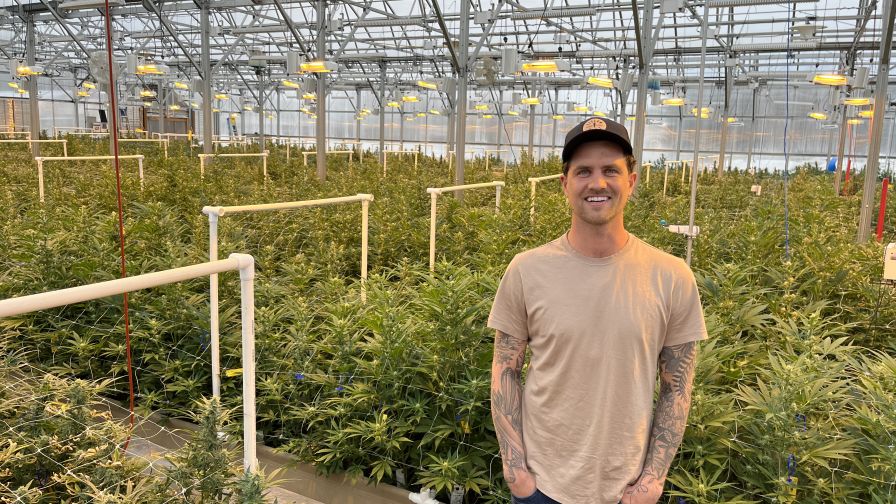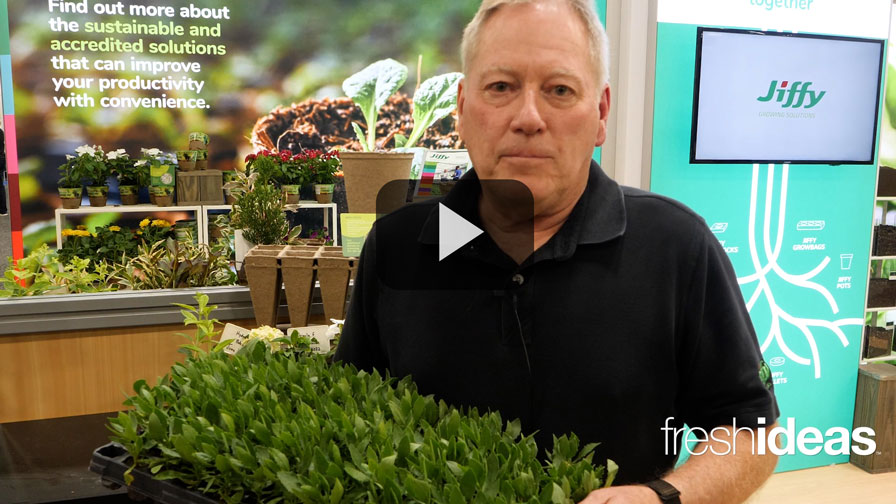How You Can Transition From Greenhouse Tomatoes to Cannabis with Minimal Budget and Footprint

Photo credit: Phylos
In recent years, the cannabis industry has experienced a rapid maturation, resulting in a spike of commercial cannabis growers. The industry is often viewed as a numbers game, leaving growers wondering how they can produce the highest yield of quality product at the lowest operational cost. Traditionally, growers believed that massive greenhouse grows with expensive overhead costs were the only way to be successful as a commercial cannabis grower in today’s market.
Cannabis operations with significant funding can often afford to build out large facilities with costly features like mother rooms. However, smaller growers are frequently met with budgetary limitations when it comes to expansion. Additionally, non-cannabis growers who are considering a shift to cannabis cultivation are met with similar financial hurdles.
Until recently, most commercial cannabis growers believed that a successful, scalable, and profitable grow required the use of clonal-based production systems. Clonal production systems are not only expensive to build out and maintain, they’re also labor and resource intensive as well. However, thanks to advances in seed genetics, the commercial cannabis landscape has evolved, reducing the barrier to entry for smaller growers and those limited by operational budget.
In a recent case study, “Transitioning From Tomatoes to High-Yield Cannabis with Minimal Budget and Footprint”, the team at Phylos offers an in-depth exploration of how Streamline Farms, a Montana-based operation, successfully transitioned from tomato cultivation to commercial cannabis, overcoming budgetary constraints and limited space by leveraging modern seed genetics. By harnessing the potential of production-ready seeds, Streamline Farms not only achieved scalability and profitability but unveiled the practical applications and truly transformative power of modern seed genetics in the commercial cannabis landscape.
Key takeaways from the case study include:
- Record harvest: THC (autoflower) 22-24%, avg. yield 55g/sq ft., production cost $105/ lb, and avg. annual yield per sq. ft 22-24%
- Minimized initial capital costs
- Optimal production footprint and space utilization
- Quick startup of the initial production cycle: By running back-to-back production cycles every 10 weeks, Streamline Farms projected an ROI of 3 to 12 months with production-ready seed versus a nearly 10-year ROI had they opted to build out a large clonal production facility.
- “Off the shelf” flexibility in cultivar selection each cycle
For a complete look at “Transitioning From Tomatoes to High-Yield Cannabis with Minimal Budget and Footprint”, download the full case study here or check out this video.








